Tom Miller
Universe, March 2019

Paperback | 5-1/2 x 7-3/4 inches | 256 pages | # illustrations | English | ISBN: | $19.95
Publisher Description:
Meticulously researched, engagingly presented, and richly detailed, Seeking Chicago is truly a must-read for anyone interested in the story of the Windy City and how it got that way. Unlike other books about local history, here Tom Miller reveals the stories of many smaller, more modest buildings that are off the beaten track - the very structures that most guide books overlook - along with the iconic landmarks.dDAB Commentary:
Chicago is possibly the most important American city for experiencing important architectural masterpieces. There are numerous ways to learn about its architectural heritage, from museums to curated walking and driving tours and even a boat tour. While the basic factual histories of Chicago's landmarks are fairly well known, there are additional layers of history - often with dramatic human interest angles - that don't always get included in the "official" tours. Tom Miller tells the story of Chicago's rich architectural and social history building by building. The stories behind the city's buildings is an impressive architectural history reading and a dramatic sampling of American social history--family feuds, scandals, and mob hits. He excels at uncovering the dramas that have unfolded within the architecture and detailing them to tell an engaging and largely unknown side of Chicago's history.
Since at least college I've been a voracious reader of history; before that, history was just too dry, too full of dates and military conquests. Yet the more I read history books, the more I find myself drawn to certain types — architectural, obviously, yet also urban, geographical, bibliographical, and occasionally science — but turned off by one major strain: social. By "social history," I don't mean the "people's history of X" type books, which give voice to unrepresented people; I'm referring to the histories of people in the upper stratum of society, the rich and powerful that draw people's attention through their displays of wealth and their actions. In architecture this dislike creates a conundrum, since the rich and powerful are the people that tend to commission architects and build the most attention-getting structures — throughout history and today. That is especially pronounced in New York City (another quandary for me), yet also in other big cities, such as Chicago. With histories that bridge the architectural and the social, Tom Miller's Seeking Chicago (previously he wrote Seeking New York and he maintains a blog focused on Manhattan) is for me very much a love-hate kind of book.Spreads:
In Seeking Chicago Miller presents nearly 50 works of architecture: 38 buildings, five monuments, a couple fountains, and a lily pool. Like most guides to the Windy City, the book is heavy in and north of the Loop. Here, in the city's commercial core, is where its iconic buildings — old and new — can be found: the Louis Sullivan's Auditorium Building, SOM's Sears Tower (yes, I know, Willis Tower), and Frank Gehry's Jay Pritzker Pavilion. And just north of the city, in the Gold Coast, is where the rich lived. Miller's essays on famous and not-so-famous buildings in and beyond the Loop trace their histories, but from a perspective that values lesser known anecdotes. Sometimes we learn why a building looks the way it does, be it through its design or its evolution over time, but more often we learn stories about the people behind the designs: sometimes the architect but more often the client. Although I read Seeking Chicago with my dislike for social history unconsciously rattling around in my head, many times in the book I found myself getting pulled along by Miller's prose, digesting all of the various histories. He is very good at gracefully telling decades of architectural/social history on familiar and overlooked gems, each in just a handful of pages.




Author Bio:
Tom Miller moved to New York City in 1979 from Dayton, Ohio. The transplanted "Buckeye" ... currently holds the rank of Deputy Inspector within the NYPD's Auxiliary Police Force. In 2009 he started his blog, "Daytonian in Manhattan" which has now reviewed over a thousand buildings, statues and other points of interest. He is the author of Seeking New York published by Universe in 2015.Purchase Links:
(Note: Books bought via these links send a few cents to this blog, keeping it afloat.)




from A Daily Dose of Architecture Books http://bit.ly/2Gu1k9I




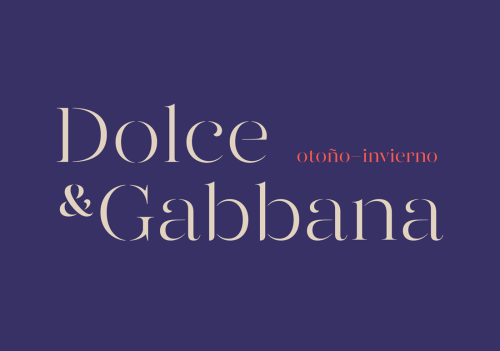
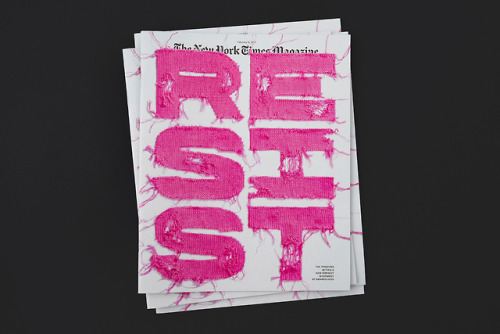
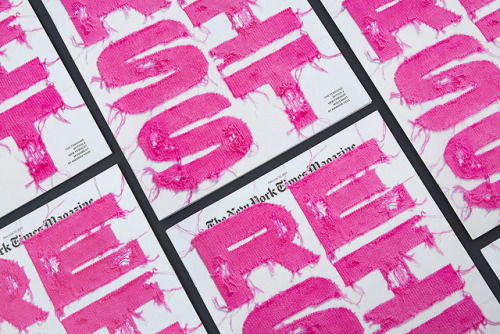
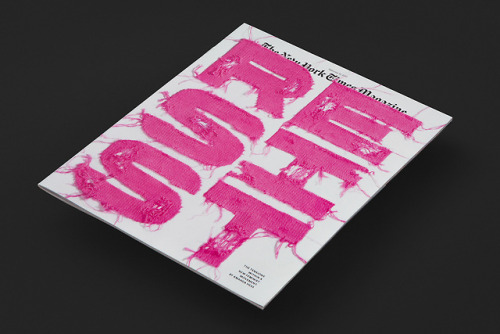
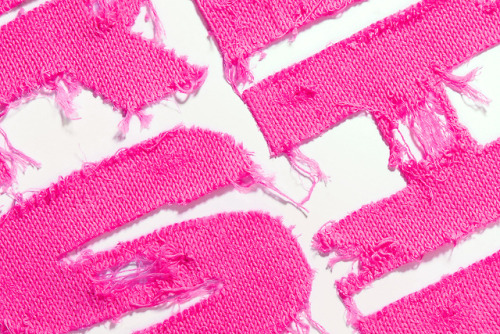
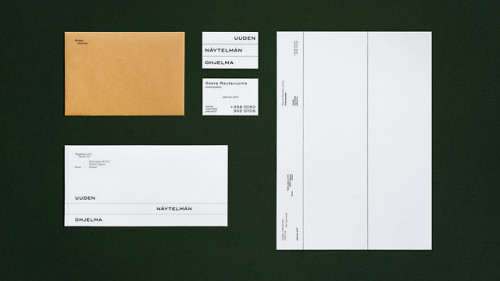
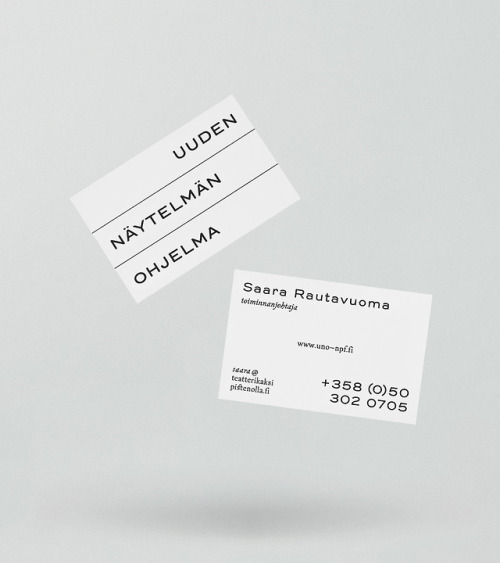

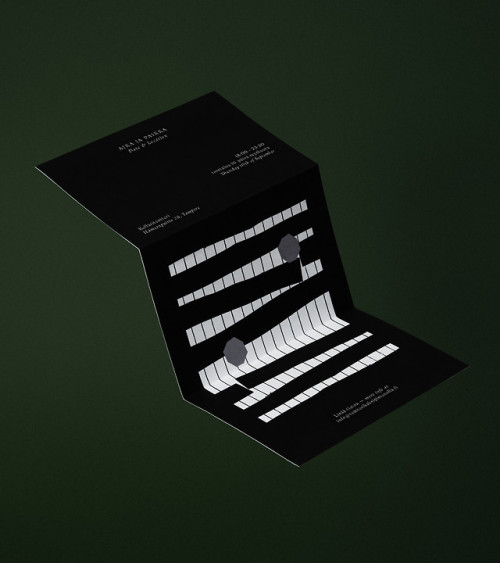
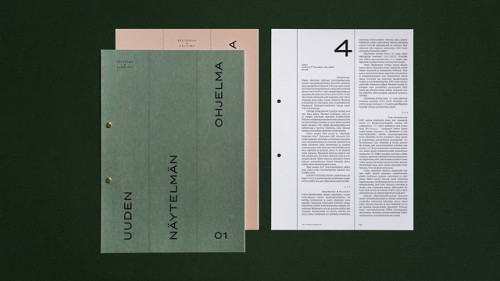
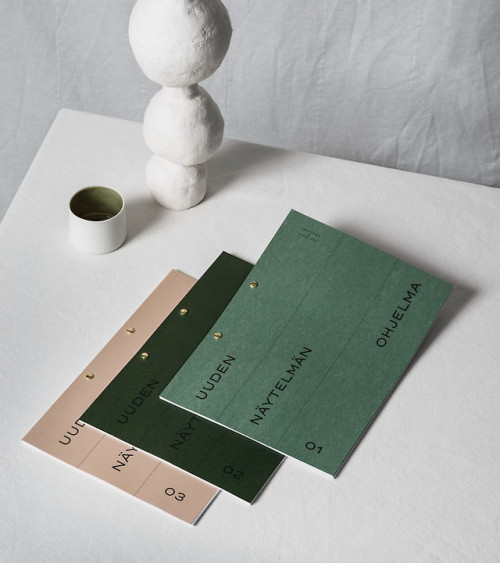
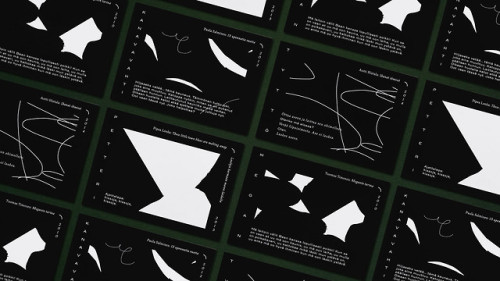
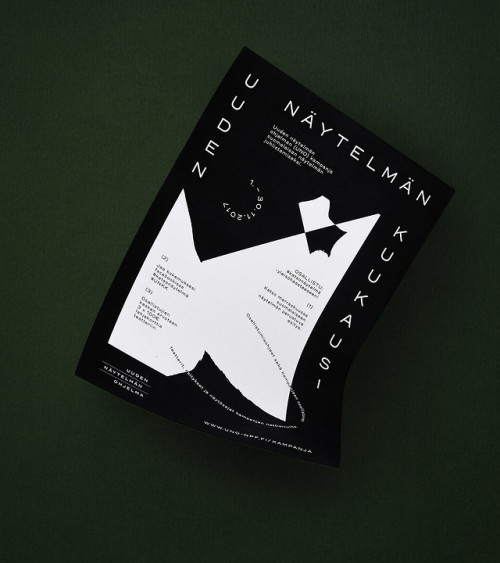
 The Trendstop team give readers an exclusive look at three essential material trends that will be inspiring and enhancing the season’s apparel pieces. A mood of understated luxury sees premium quality materials come to the fore with focus on fabrication honed through the employment of clean lined silhouettes and minimal detailing. Handles are tactile, imbuing […]
The Trendstop team give readers an exclusive look at three essential material trends that will be inspiring and enhancing the season’s apparel pieces. A mood of understated luxury sees premium quality materials come to the fore with focus on fabrication honed through the employment of clean lined silhouettes and minimal detailing. Handles are tactile, imbuing […]










 The Trendstop team gives readers an exclusive look at three essential footwear directions, hot off the international runways. The success of hybridized styles sees designers experimenting in new and evermore creative ways for Fall Winter 2019-20, fusing the best elements from performance, casual and classic footwear silhouettes to bring invention and excitement to a rapidly […]
The Trendstop team gives readers an exclusive look at three essential footwear directions, hot off the international runways. The success of hybridized styles sees designers experimenting in new and evermore creative ways for Fall Winter 2019-20, fusing the best elements from performance, casual and classic footwear silhouettes to bring invention and excitement to a rapidly […]